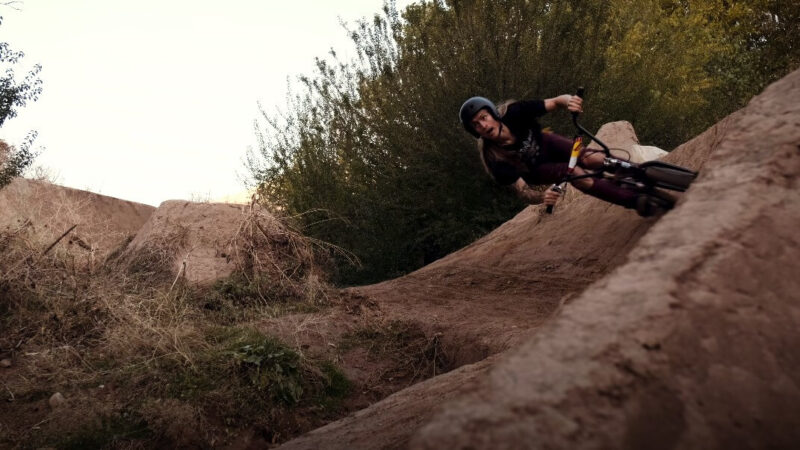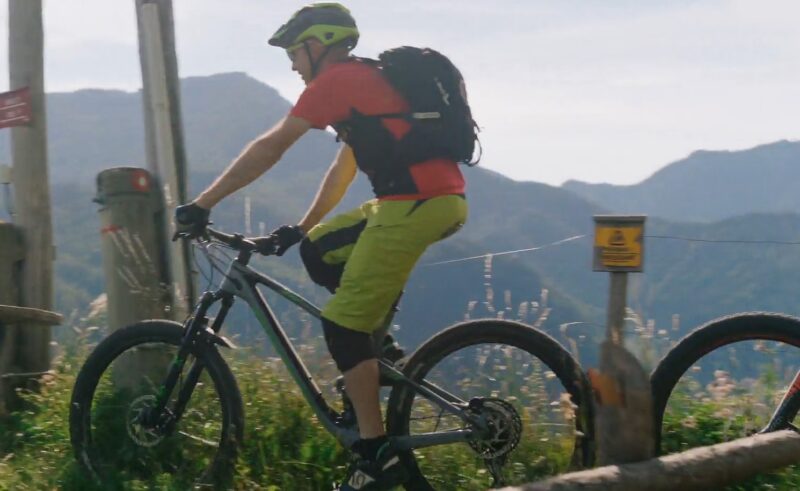
I remember the first time I saw a group of mountain bikers flying down a rugged trail, weaving through trees and hopping over rocks. It looked thrilling but also a little intimidating.
I found myself wondering, “Is mountain biking really that hard to learn?” If you’re like I was and asking yourself the same question, you’re in the right place.
The Learning Curve
First off, I’ll be honest: there’s definitely a learning curve when it comes to mountain biking. But the good news? It’s not as steep as you might think.
Most of the skills come with practice, and the more time you spend on your bike, the more natural it feels. So don’t worry if you don’t nail everything right away.
That being said, there are a few things you’ll want to keep in mind as you start. Let’s break it down.
Basic Skills That Do You Need
Before hitting the trails, it’s helpful to get familiar with a few essential skills. These basics will give you the foundation you need to build your confidence and avoid frustration.
1. Balance and Control
At its core, mountain biking is about balance. If you’ve ever ridden a regular bike, you already have a head start. But mountain biking takes it up a notch, with uneven trails, roots, and rocks.
Your center of gravity plays a huge role, and learning to shift your body weight helps keep you upright.
2. Braking
Braking is more nuanced in mountain biking compared to street riding. You’ll need to learn how to control your speed without skidding out or losing balance. Use both brakes (front and rear), but know that they serve different purposes.
The front brake gives more stopping power, but too much of it can send you over the handlebars. The rear brake helps control speed but doesn’t stop you as quickly. The trick is finding that sweet spot where you’re in control without over-braking.
3. Gear Shifting
Mountain biking often requires shifting gears to adjust to changes in terrain. Climbing steep hills? You’ll want a lower gear to pedal efficiently.
On flat stretches or downhill sections, a higher gear will help you maintain speed. Learning when to shift and which gear to use can take some practice, but it quickly becomes second nature.
How to Make Things Easier
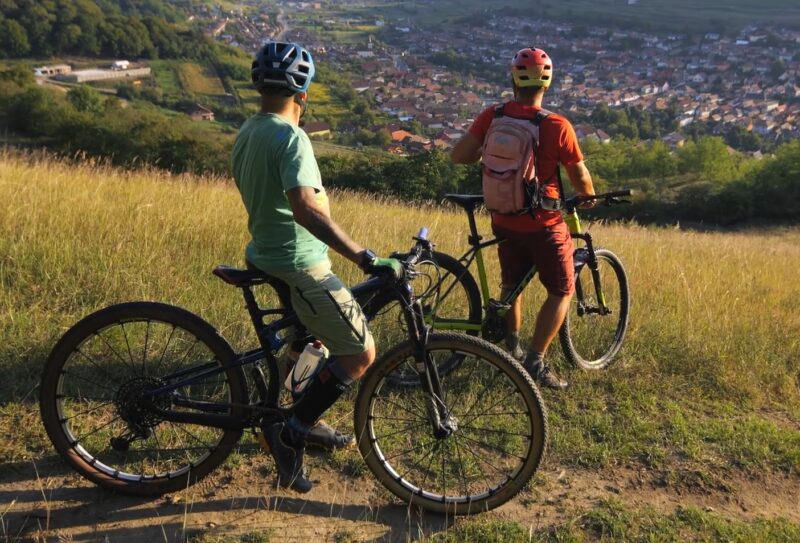
No one becomes an expert overnight, and there’s no shame in starting slow. In fact, I’d recommend it. Here’s what helped me when I was just starting out:
Start With Easy Trails
Many beginner-friendly mountain biking trails exist, and they’re the perfect place to get a feel for things without overwhelming yourself. Look for trails labeled as “green” or “easy” – they’re usually smoother, with fewer obstacles.
This lets you focus on honing your basic skills without worrying about tackling steep descents or tricky technical sections.
Use the Right Equipment
You don’t need the fanciest bike in the world, but having a bike designed for mountain biking can make a world of difference. A proper mountain bike comes with features like knobby tires for traction, suspension to absorb bumps, and wider handlebars for better control.
- Helmet: Non-negotiable. Safety first.
- Gloves: Help with grip and protect your hands if you take a fall.
- Padded Shorts: A lifesaver on longer rides.
- Water Bottle or Hydration Pack: Staying hydrated is key.
As you progress, you might invest in extras like knee and elbow pads, but for starting out, the basics are all you really need.
Take Lessons or Ride With Friends
One of the best ways to learn is from someone who knows the ropes. Some local bike shops or parks offer lessons, and they’re great for picking up tips that might not be obvious on your own.
Riding with friends who are more experienced can also be super helpful. They’ll encourage you, offer advice, and (hopefully) wait for you when you’re going a bit slower!
Common Beginner Mistakes
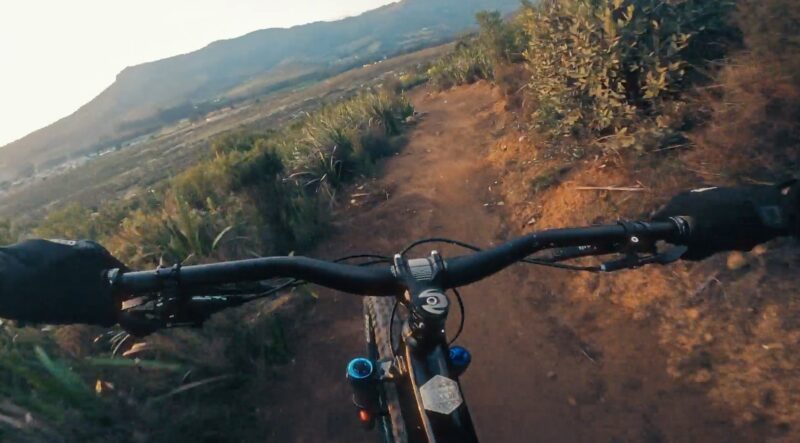
It’s totally normal to make a few mistakes when learning. I made my fair share, and if you’re aware of some of the common ones, you can avoid a lot of unnecessary frustration.
1. Staring at the Front Wheel
This one’s a biggie. When you’re nervous, it’s easy to look right down at your front tire. But where you look is where you go. Keep your eyes up and focus on where you want to ride.
This gives you more time to react to upcoming obstacles and makes it easier to stay balanced.
2. Over-Braking
When you’re new, braking feels like a safety net. But slamming on the brakes, especially on steep trails or turns, can lead to sliding or losing control.
Try to keep a light touch on the brakes and only use them when necessary. Modulating your speed (rather than stopping abruptly) is key.
3. Going Too Hard, Too Fast
It’s tempting to want to master everything quickly, but pushing yourself too hard can lead to burnout or injury.
Mountain biking is a marathon, not a sprint. Focus on small improvements with each ride rather than trying to tackle advanced trails right away.
Building Confidence on the Bike
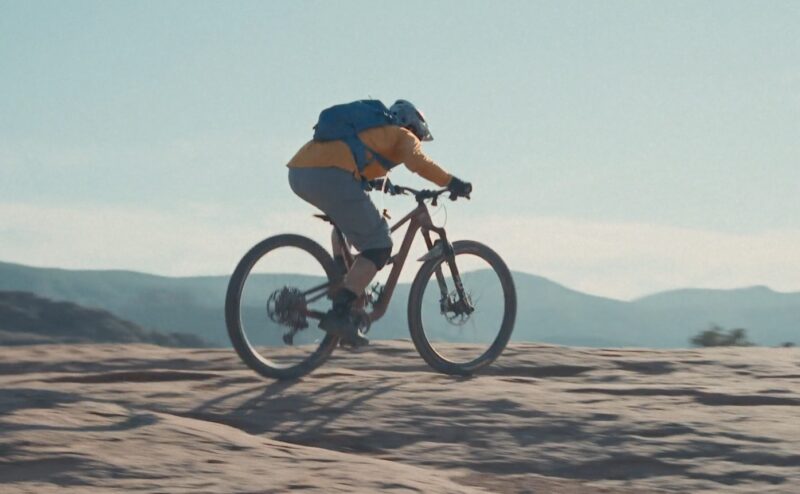
The more time you spend on your bike, the more confident you’ll become. Confidence isn’t just about skill level—it’s also about comfort.
The more familiar you are with your bike and how it handles different trails, the more comfortable you’ll feel trying new things.
Practice on Different Terrains
Variety is your friend here. Try riding on different types of trails—gravel, dirt, rocks, roots, etc. This helps you get used to how your bike responds in different conditions and builds your confidence for when you encounter the same on more challenging rides.
Gradually Increase Your Difficulty
As you improve, slowly start pushing your limits. Try a slightly steeper hill, or a trail with a few more bumps. You don’t have to go from beginner to expert in a week, but those small victories feel great and help you realize you’re making progress.
Staying Safe
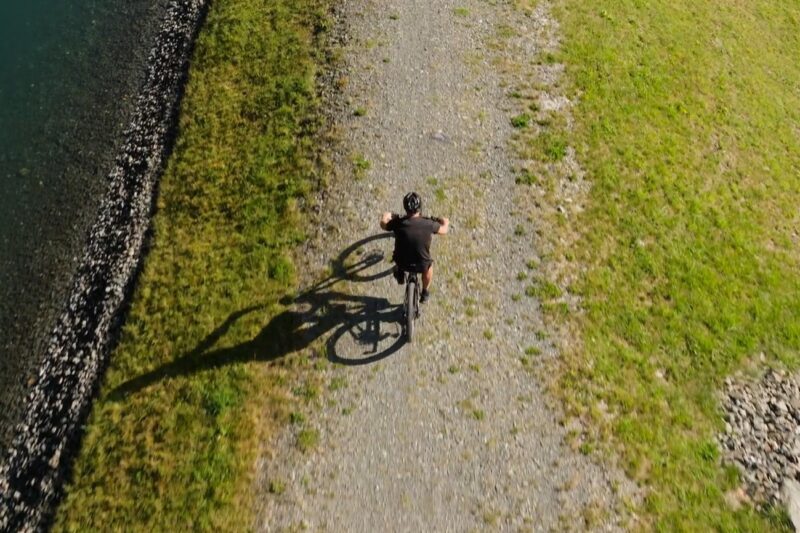
No blog post on mountain biking would be complete without a quick note on safety. Mountain biking is a blast, but it’s also physically demanding and comes with a few risks. Keeping a few safety tips in mind ensures that every ride is a fun one.
- Ride Within Your Limits: It’s tempting to keep up with more experienced riders, but always stay within your skill level.
- Stay Hydrated: Mountain biking is tough work, so bring plenty of water.
- Know the Trail: Before you head out, familiarize yourself with the trail. You don’t need to memorize every turn, but knowing the general layout helps you avoid surprises.
Wrapping Up
So, is mountain biking hard to learn? Not really—it just takes some patience, practice, and a willingness to push yourself out of your comfort zone. You won’t become a pro overnight, but each ride is an opportunity to improve and have a ton of fun along the way.
For total beginners, the most important thing is to start small, get comfortable with the basics, and gradually challenge yourself. Before you know it, you’ll be flying down those trails like the riders who inspired you in the first place.
And trust me, nothing beats the thrill of conquering a tricky trail or nailing a skill you’ve been working on.








